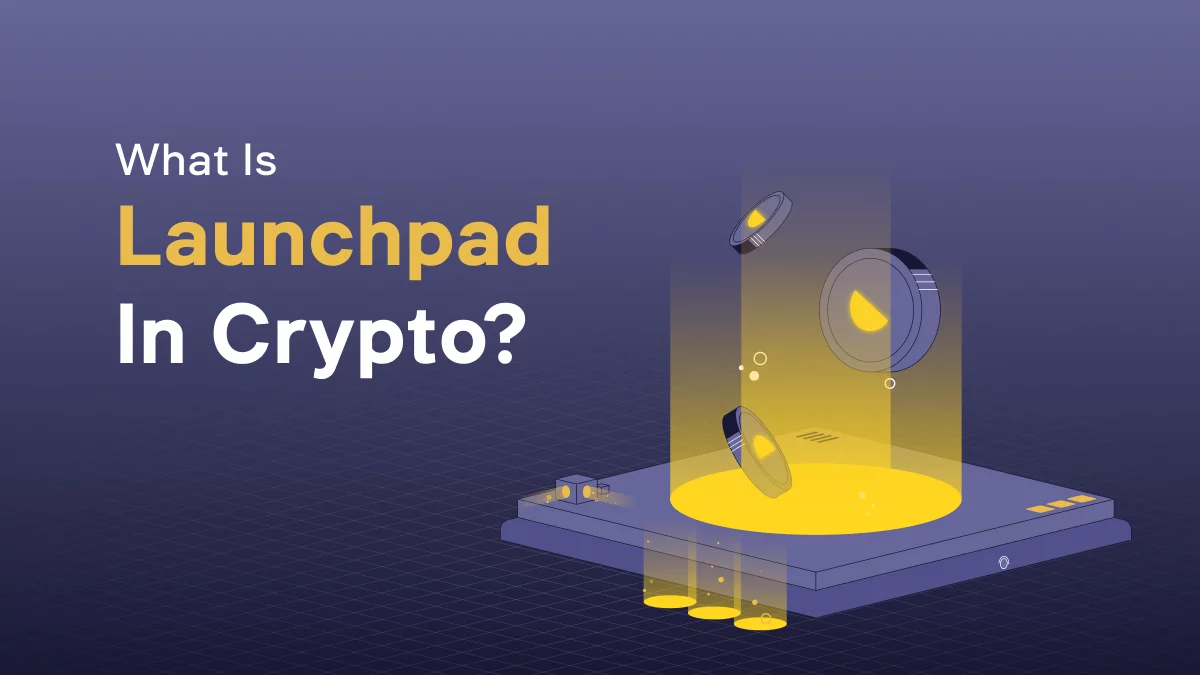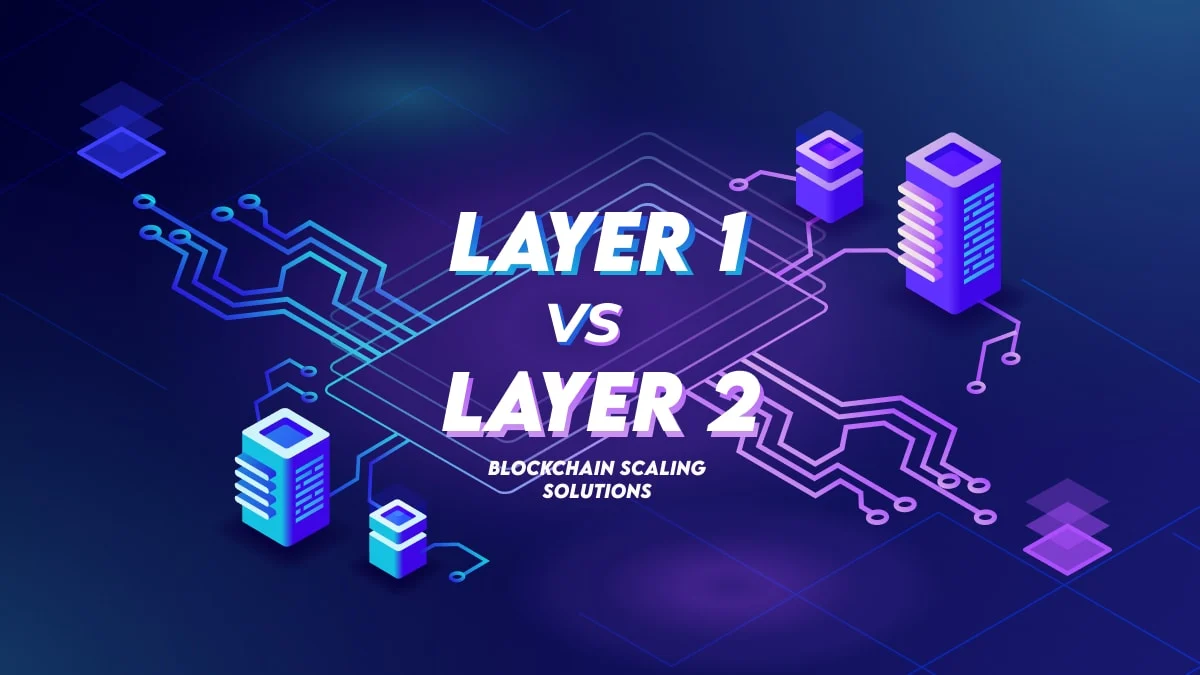Launchpads Explained: A Complete Guide to Crypto Launchpads
In the world of cryptocurrency and blockchain, the rise of decentralized finance (DeFi) and blockchain-based projects has created an environment ripe for innovation. One of the most exciting developments in this space is the emergence of launchpads. Crypto launchpads are platforms that facilitate the fundraising and initial distribution of tokens for new blockchain projects. These platforms are an essential part of the cryptocurrency ecosystem, offering a more transparent and decentralized alternative to traditional fundraising methods like Initial Coin Offerings (ICOs), Initial Exchange Offerings (IEOs), and Initial DEX Offerings (IDOs).
This article will explain everything you need to know about launchpads, including their functions, types, advantages, risks, and how they work. Whether you’re an investor looking to get in early on promising projects or a developer interested in launching your token, understanding launchpads is crucial.
1. What is a Crypto Launchpad?
A crypto launchpad, also known as a token launch platform or blockchain launchpad, is a platform that helps cryptocurrency projects launch their tokens to the public. These platforms typically provide services like token sales, token distribution, marketing, and sometimes liquidity provision. Launchpads allow projects to raise funds from a community of investors before the token is listed on exchanges, making it possible for early investors to get in on the ground floor.
In return for providing the platform and marketing services, launchpads typically charge a fee or take a percentage of the funds raised during the token sale.
2. How Do Crypto Launchpads Work?
Crypto launchpads follow a straightforward process for helping projects launch their tokens. Here’s how the process generally works:
Step 1: Project Selection
Before a project can launch its token on a crypto launchpad, it must first apply to be listed on the platform. Most reputable launchpads have a selection process in place to evaluate projects. These platforms typically require projects to meet certain criteria, such as having a clear use case, a solid team, a well-structured roadmap, and a feasible business model.
Launchpads act as gatekeepers, ensuring that only quality projects make it through. This helps mitigate the risk of scams and poorly planned projects, ensuring that investors are more likely to invest in legitimate and high-potential projects.
Step 2: Token Sale Preparation
Once a project is approved by the launchpad, the next step is to prepare for the token sale. This involves:
- Whitepaper and Documentation: The project must provide a detailed whitepaper that outlines the token’s utility, economic model, and the roadmap for development.
- Tokenomics: Projects need to define the total supply of tokens, allocation, and other economic parameters. Tokenomics is crucial for ensuring the sustainability and future value of the token.
- Marketing and Community Building: The launchpad usually helps with marketing efforts and building a community around the project, which is key to generating interest and attracting investors.
Step 3: Token Sale Event
The token sale typically happens in a few stages:
- Private Sale: Some launchpads offer private sales to high-net-worth individuals or institutional investors. These sales usually happen before the public sale and offer tokens at a discounted price.
- Pre-sale / Public Sale: In this phase, the project opens the token sale to the public. Investors can participate by purchasing tokens directly on the launchpad platform.
Launchpads usually have mechanisms to ensure fair distribution, such as tiered access or lotteries, to prevent whales (large investors) from taking all the tokens.
Step 4: Token Distribution
Once the token sale ends, the launchpad distributes the purchased tokens to investors. Some launchpads immediately distribute the tokens, while others may lock the tokens for a period to prevent dumping and ensure long-term commitment to the project.
Step 5: Listing on Exchanges
After the token sale and distribution, the project typically gets listed on centralized exchanges (CEX) and decentralized exchanges (DEX). The listing allows investors to trade the token on the open market, and the project can use the funds raised to continue development.
3. Types of Crypto Launchpads
There are different types of crypto launchpads, each offering distinct features. Below are the main types:
1. IDO Launchpads (Initial DEX Offerings)
IDO launchpads are decentralized platforms where projects can raise funds through token sales before listing them on decentralized exchanges like Uniswap or PancakeSwap. These launchpads help projects access decentralized liquidity and attract a community-driven investment base. IDOs are more accessible to smaller investors, as they usually don’t require a large investment upfront.
Examples of popular IDO launchpads include:
- Polkastarter
- Bounce Finance
- DuckDAO
2. IEO Launchpads (Initial Exchange Offerings)
IEO launchpads are hosted on centralized exchanges, allowing projects to raise funds through token sales conducted directly on an exchange platform. The exchange usually conducts extensive due diligence on the project before listing it on their platform. IEOs offer more credibility, as the exchange provides a layer of trust and security.
Examples of IEO launchpads include:
- Binance Launchpad
- KuCoin Spotlight
- Huobi Prime
3. STO Launchpads (Security Token Offerings)
STO launchpads focus on projects that issue security tokens, which are digital assets representing ownership of a real-world asset like shares or bonds. STOs are heavily regulated and provide investors with legal protections, making them a more secure investment compared to ICOs or IDOs. However, due to the regulatory scrutiny involved, STO launchpads are less common than ICO and IDO platforms.
Examples of STO launchpads include:
- Tokeny Solutions
- Securitize
4. NFT Launchpads
NFT launchpads are platforms that focus on launching non-fungible token (NFT) projects. These launchpads allow artists and creators to tokenize their artwork or digital assets and sell them through token sales. These platforms are growing in popularity as the NFT market continues to expand.
Examples of NFT launchpads include:
- DAO Maker
- Kickstarter NFT
4. Benefits of Crypto Launchpads
1. Access to Early Investment Opportunities
For investors, launchpads provide a way to participate in token sales before the tokens are publicly traded. Early investors often benefit from discounted token prices and the potential for high returns if the project is successful.
2. Security and Transparency
Launchpads act as trusted intermediaries that help ensure the security and legitimacy of token sales. By conducting rigorous vetting and due diligence, launchpads reduce the risk of scams and fraud. This transparency creates a safer environment for investors.
3. Fairer Distribution
Launchpads often implement mechanisms such as lotteries, staking, and tiered sales to prevent large investors from dominating the token sale. These measures help ensure that smaller retail investors also have an opportunity to participate in the sale.
4. Community Engagement and Support
Many launchpads help projects build a strong community before and after the token sale. Community engagement is essential for the long-term success of a project. Launchpads provide resources and platforms for projects to connect with their supporters.
5. Marketing and Exposure
Launchpads typically provide marketing support, promoting the project to their large community of potential investors. This exposure helps projects gain momentum and attract the attention of a broader audience.
5. Risks of Crypto Launchpads
1. Rug Pulls and Scams
Despite the efforts of launchpads to vet projects, there is still a risk of scams and rug pulls. Some projects may raise funds and disappear without delivering a product or service. It is essential for investors to conduct thorough due diligence before participating in any token sale.
2. High Volatility
The cryptocurrency market is highly volatile, and tokens launched through crypto launchpads are no exception. The price of a token can fluctuate dramatically once it starts trading, leaving investors with the potential for significant gains or losses.
3. Uncertain Regulatory Environment
Crypto launchpads operate in a largely unregulated space, which exposes both investors and projects to legal and regulatory risks. In the future, launchpads may face increased scrutiny from regulators, which could impact the way they operate.
4. Overhyped Projects
Not all projects launched on launchpads will succeed. Some projects may be overhyped or lack the technology, team, or market demand needed to succeed. Investors must be cautious and evaluate each project carefully before investing.
6. Conclusion
Crypto launchpads have revolutionized the way blockchain projects raise funds and distribute tokens. They provide a more secure, transparent, and accessible method for both developers and investors to engage in the early stages of a project. However, as with any investment opportunity, it is crucial to perform thorough research and understand the risks involved.
By choosing the right launchpad and conducting due diligence on the projects you’re interested in, you can increase your chances of success and capitalize on the exciting opportunities in the crypto space. Whether you’re a project creator or an investor, launchpads are an essential tool in the evolving landscape of blockchain technology.




